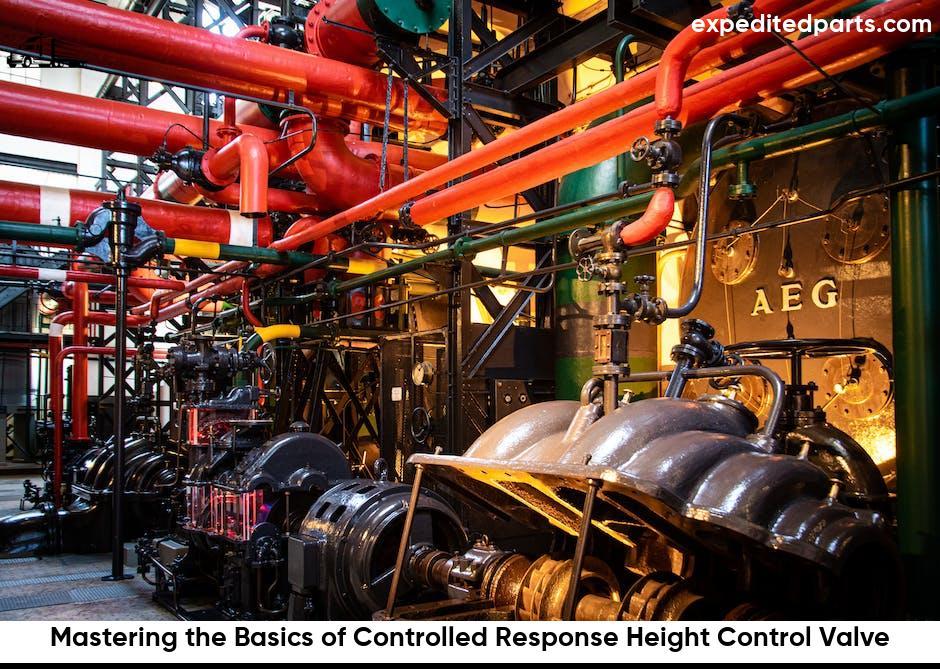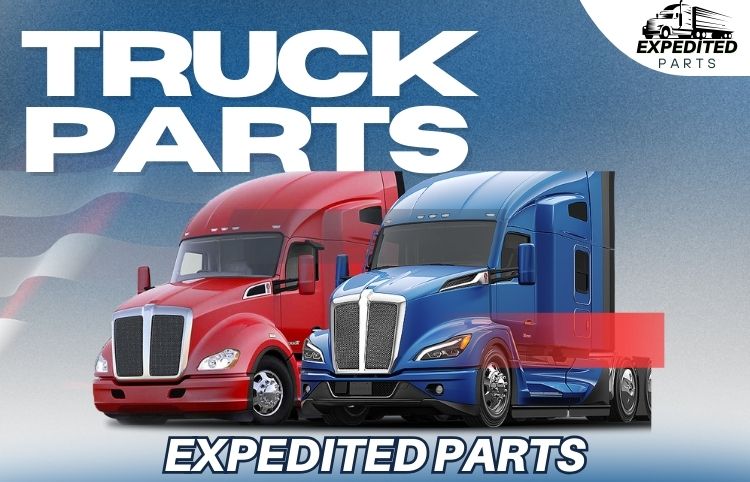Discover the efficacy of Controlled Response Height Control Valve for optimal vehicle performance and stability. Experience enhanced control on the road!
The controlled response height control valve is a crucial component in various industrial and automotive applications. Designed to maintain a desired height or level, this valve ensures precise control and stability in a variety of systems. Whether it is used in suspension systems of vehicles or industrial machinery, the controlled response height control valve plays a vital role in optimizing performance and safety. By regulating the flow of fluid, it allows for efficient adjustments to maintain the desired height, minimizing the risk of instability or unevenness. With its advanced technology and reliable functionality, the controlled response height control valve is a key element in ensuring smooth operations and enhanced performance in various industries.

Mastering the Basics of Controlled Response Height Control Valve
Controlled response height control valves are essential components in various mechanical systems, providing precision control over the height of a certain element or component. These valves are commonly used in applications such as vehicle suspension systems or industrial equipment with adjustable heights.
By mastering the basics of controlled response height control valves, you can understand their functionality, operation, and maintenance. Here are some key points to consider:
- Functionality: Controlled response height control valves regulate the flow of fluid or air pressure to adjust the height of the associated component. They respond to changes in input signals to maintain a desired height accurately.
- Operation: These valves are actuated by various mechanisms, such as solenoids, motors, or manual controls. They receive signals from height sensors or input devices and adjust the flow of fluid or air to achieve the desired height.
- Components: A typical controlled response height control valve consists of a valve body, actuator, control circuitry, and input/output interfaces. These components work together to control the height of the target element accurately.
- Benefits: The use of controlled response height control valves offers several advantages, including improved stability, precise height adjustment, increased safety, and enhanced performance in dynamic environments.
- Maintenance: Regular inspection, cleaning, and lubrication of the valve components are essential for ensuring optimal performance and longevity. It is also crucial to troubleshoot and address any issues promptly to prevent downtime or operational inefficiencies.
The Ultimate Guide to Understanding Controlled Response Height Control Valve
Understanding the intricacies of controlled response height control valves is crucial for engineers, technicians, and individuals working with systems or equipment that rely on precise height adjustment. This comprehensive guide will provide you with a clear understanding of these valves and their applications.
Here are some essential points to consider when delving into the world of controlled response height control valves:
- Definition: A controlled response height control valve is a device designed to regulate the height of a specific element or component in a system. It maintains the desired height by adjusting the fluid or air pressure flowing through it.
- Working Principle: Controlled response height control valves work on the principle of receiving input signals, which can be from height sensors or manual controls, and modulating the flow of fluid or air to achieve the desired height. They ensure precise adjustments and responsiveness to changing conditions.
- Types: There are various types of controlled response height control valves, including proportional valves, on/off valves, and electronically controlled valves. Each type offers different levels of accuracy, speed, and control.
- Selection Criteria: When choosing a controlled response height control valve, factors such as payload weight, system dynamics, required response time, and environmental conditions need to be considered. Proper selection ensures optimal performance and safety.
- Maintenance and Troubleshooting: Regular maintenance is essential to keep the valves in optimal condition. This includes periodic cleaning, inspection, and lubrication. In case of any issues, a systematic troubleshooting approach can help identify and resolve problems efficiently.
: Demystifying the Function of a Controlled Response Height Control Valve
The controlled response height control valve is an essential component in various systems, particularly those that involve vehicles or machinery that require precise adjustment of their height or suspension. This valve plays a crucial role in maintaining stability, control, and safety during operations.
Function:
1. Height Adjustment: The primary function of a controlled response height control valve is to regulate the height of the vehicle or machinery. It achieves this by controlling the flow of fluid or air, which in turn adjusts the height of the suspension system.
2. Load Balancing: These valves also help in maintaining proper weight distribution across the vehicle or machinery. By continually adjusting the suspension height, they ensure that the load is evenly distributed, minimizing the risk of imbalance and enhancing stability.
Significance:
1. Safety: The controlled response height control valve significantly contributes to the safety of both the vehicle and its occupants. By maintaining stability and control, it reduces the risk of accidents, rollovers, and loss of control, especially in challenging or uneven terrains.
2. Performance Optimization: Properly functioning height control valves optimize the performance of vehicles or machinery by providing enhanced maneuverability, comfort, and control. They allow for smoother operations, improved traction, reduced vibration, and enhanced overall efficiency.
3. Damage Prevention: By effectively adjusting the suspension height, these valves help prevent potential damage to the vehicle, machinery, or cargo. They minimize the impact of rough or uneven surfaces on the system by absorbing shocks and vibrations. Additionally, they reduce the likelihood of bottoming out or scraping the underside of the vehicle.
In conclusion, the controlled response height control valve is a vital component in systems that require precise adjustments of height or suspension. Its function encompasses height adjustment, load balancing, stability enhancement, and alignment correction. The significance of these valves lies in their contribution to safety, performance optimization, and prevention of damages.
A controlled response height control valve is a vital component of suspension systems in vehicles. It is designed to regulate the height of the vehicle’s chassis, providing a more stable and controlled ride. This valve is particularly beneficial in various applications, including off-road vehicles, heavy-duty trucks, and sports cars.
- Improved Performance: The controlled response height control valve enhances the overall performance of the vehicle by automatically adjusting the ride height based on terrain conditions. It ensures stability and minimizes body roll, allowing for better handling and maneuverability.
- Enhanced Safety: By maintaining an optimal ride height, the valve prevents the vehicle from bottoming out or nose-diving during sudden stops or over bumps. This leads to improved stability and control, reducing the risk of accidents.
- Increased Load Capacity: The valve enables the vehicle to handle heavier loads by adjusting the suspension to accommodate the weight. This is especially valuable for commercial trucks and vehicles involved in hauling or towing operations.
: The Future of Suspension Systems: Controlled Response Height Control Valve
In the ever-evolving automotive industry, suspension systems play a vital role in ensuring a comfortable and safe ride. The controlled response height control valve represents a significant advancement in suspension technology, and its future holds great potential for further innovation and improvement.
- Electrically Controlled Valve: As the industry moves towards electrification, incorporating an electrically controlled height control valve can provide even greater precision and responsiveness. Electric actuators can rapidly adjust the suspension height, providing enhanced control and comfort.
- Integration with Autonomous Driving: With the rise of autonomous vehicles, the controlled response height control valve can contribute to the overall safety and performance of these vehicles. It can dynamically adapt the suspension settings to optimize stability, comfort, and control during various driving scenarios.
- Energy Harvesting Potential: Future iterations of controlled response height control valves could include energy harvesting mechanisms, such as regenerative dampers or piezoelectric materials. This would enable the suspension system to convert wasted energy into usable power, leading to improved fuel efficiency and reduced emissions.
- Advanced Materials and Lightweight Construction: Continued research and development in material science can facilitate the use of lightweight and durable materials in constructing these valves. This would contribute to overall vehicle weight reduction and improved fuel efficiency.


